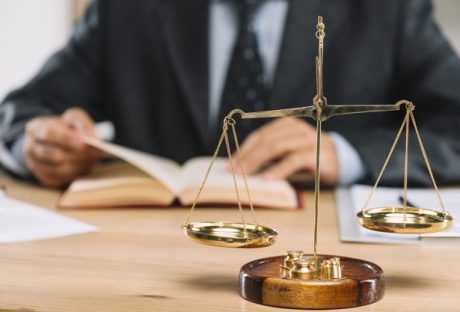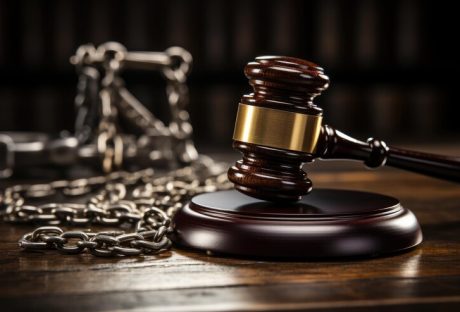The UAE Insurance Authority has rolled out new draft regulations for insurance brokerage and online transactions. This draft has 13 chapters and 38 articles that explain insurance broking like governance, registration and licensing, the insurance broker and insurance company roles to the broker, insurance broker’s roles, solvency, mergers, financial reports and disclosures, supervisions, dispute settlements, and penalties.
Who is an Insurance Broker?
The new draft law defines an insurance broker as a juridical individual who intervenes in insurance or reinsurance activities between the insurance/reinsurance proposer and an insurance/reinsurance company and receives a commission from the insurance/reinsurance company.
The provisions of the new draft apply to distribution channels, companies, and any other insurance-related business approved by the authority. These regulations focus on shielding policyholders and guarantee that they receive value for their money by purchasing various products.
The New Insurance Law Provisions
The new insurance law requires an insurance broker to adhere to these regulations for electronic transactions.
Criteria for Insurance Brokerage Licensing
A company must be established in the United Arab Emirates and registered based on the Commercial Companies Law. The company should own a share capital of AED 3 million or more. You need to pay AED 10 million or more and register with the UAE Commercial Law if you run a branch of a financial Free Zone or a Foreign Company. You can consult a law firm in Dubai to help you with these procedures.
It is mandatory to submit an unconditional Letter of Guarantee from a bank; this is paid on demand to the Insurance Authority chairman board of directors. This can be fully or partially liquidated to guarantee the broker’s settlement of transactions and obligations.
You must obtain an insurance policy to cover your profession at a value of AED 2 million for UAE companies and a minimum of AED 3 million for a financial Free Zone or a Foreign Company branch in the UAE.
You must appoint the administrative and technical staff continually. You need convenient headquarters, software, and technical systems for your profession. It is also mandatory to have an internal control system to govern applications of laws, regulations, resolutions, and circulars in adherence to the Insurance Authority regulations. The next step is to submit the agreement between you and the bank, pay the full fees, and comply with any extra regulations. The Insurance Authority approves or rejects the application within 20 working days.
Technical and Administrative Staff
The technical staff of an insurance broker has specific regulations. It is a requirement to appoint at least 1 General Manager, Internal Auditor, Operation Manager, and 1 qualified worker for each type of insurance. Below are the qualifications for the appointment of technical and administrative staff;
- A natural individual enjoying full capacity
- An individual of good conduct; never been sentenced for freedom restricting punishment in a moral decadency crime without rehabilitation.
- Pays his commercial debts even if not declared bankruptcy.
You need to notify the Insurance Authority of appointments, transfers, terminations, or modifications within 60 days.
Roles of the Insurance Broker
You must make internal by-laws and submit a copy to the Insurance Authority Dubai offices within 3 months after obtaining a license. You must review and update the internal control system continually; this ensures that you have proper laws, regulations, resolutions, and circulars.
It is necessary to design an Operations Guide for periodical updates, risk management, and review it according to the rules. Create a professional code of conduct for the staff and supervise and plan their duties according to the Insurance Authority (AI). Collaborate with the internal controller to enable employees to perform their tasks and report any violations to the authority.
You can only dismiss the internal controller by the board of management or board of directors’ decision; this happens if you notify the internal controller and IA of the dismissal at least 30 working days before the dismissal.
Penalties
The IA developed penalties so that insurance brokers do not violate the instructions, regulations, laws, and circulars. If you violate any laws, you receive a warning that compels you to remove the infringement and ensure this does not happen in the future. The IA might suspend you from practicing for a maximum period of 1 year.
The Insurance Authority cancels licenses in the following incidences;
- Violating any license conditions
- Gross breach of your obligations
- Failure to renew your license (delay paying fines or failure to pay renewal fees)
- A final bank declaration associating you with bankruptcy
- The dissolution and liquidation of your practice
- Failure to practice your licensed profession within 6 months after obtaining the license
- If you obtained your license through false information.
The insurance sector in the United Arab Emirates is expected to rise; this is why the Insurance Authority issued new regulations to govern insurance brokerage. Brokers have to adhere to set regulations or face penalties. Technical and administrative staff also has to meet various qualifications. This allows brokers to have a set of laws to refer to.
Read Also:























